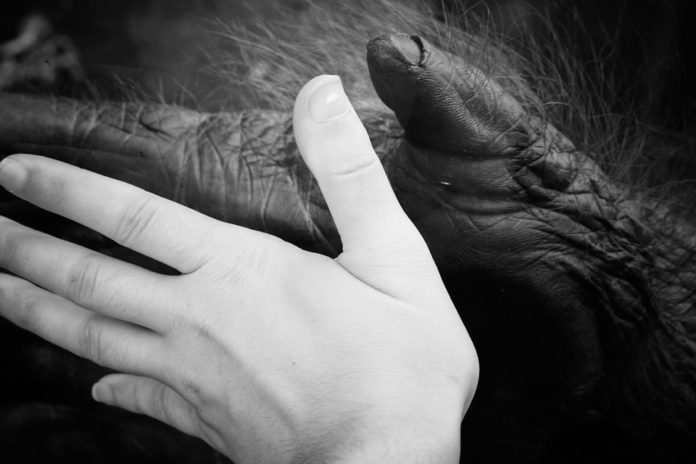When it comes to the types and diversity of microorganisms on our skin, humans are unique among mammals. Scientists discovered how distinct we humans are from almost all other mammals, at least in terms of the skin microbes that we can collect with a swab.
A team made up of researchers from the University of Waterloo and the University of Guelph conducted the most comprehensive survey. They found that the human microbiome contains significantly less diversity than that of other mammals.
Ashley Ross, a co-author of the study, said, “The first line that gets hit by modern hygienic practices is our skin. Our skin is the largest organ of the body and the main barrier to the external environment.”
Kirsten Müller, a biology professor at Waterloo, said, “We were able to measure phylosymbiosis between some of the mammalian classes and the corresponding communities on their skin. It’s exciting that we can still see this signal despite the contribution of habitat to the skin microbial community.”
Habitat was another important factor linked to the skin microbes of mammals that were sampled for this study. Despite these important influences on mammalian skin microbial communities, the study found evidence that microbial communities on the mammalian skin may have changed over time with their hosts, a phenomenon called phylosymbiosis.
Scientists are further planning to examine whether co-evolution has taken place between skin microbial communities and their hosts, which is one mechanism that may account for their observations of phylosymbiosis.
The study appears this week in the Proceedings of the National Academy of Sciences.
